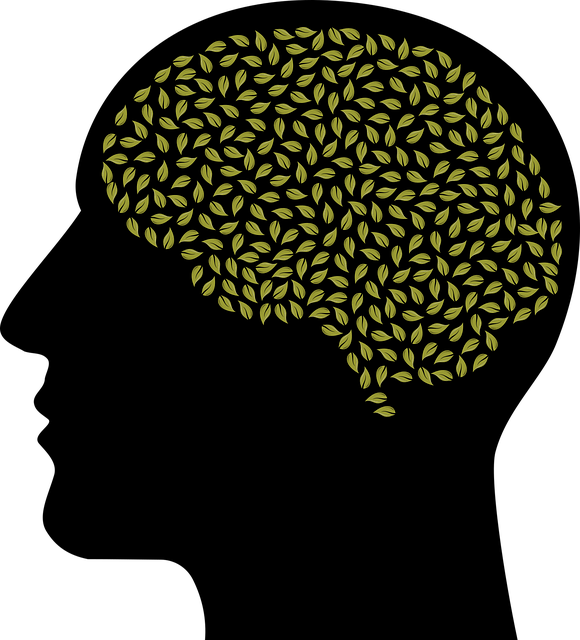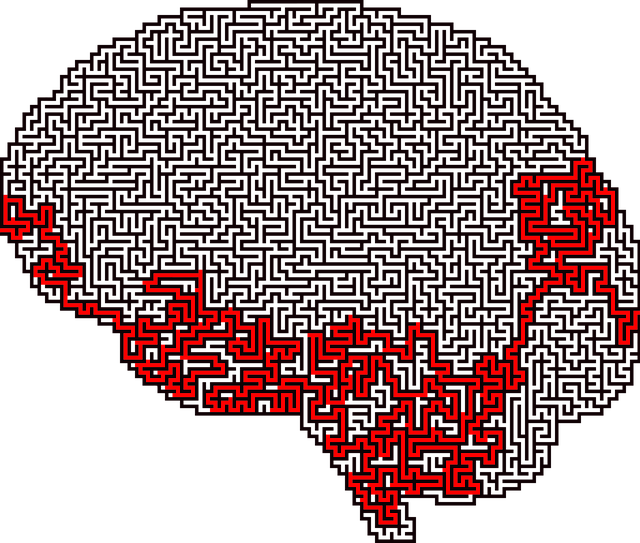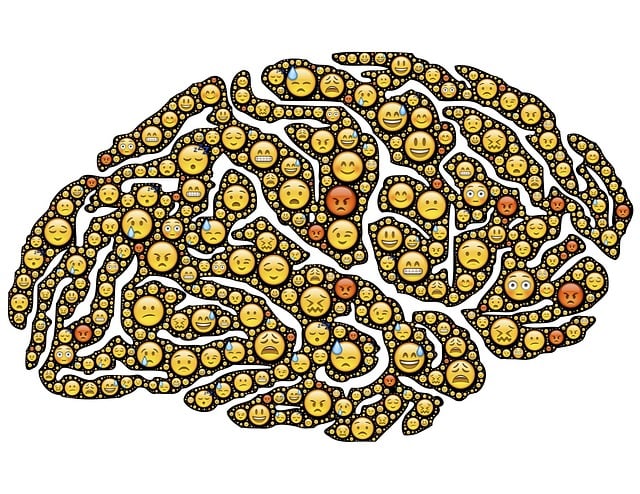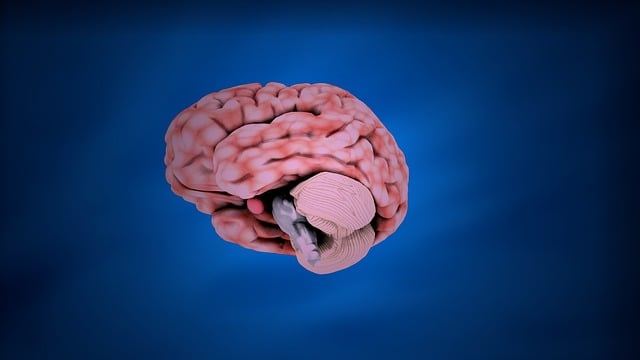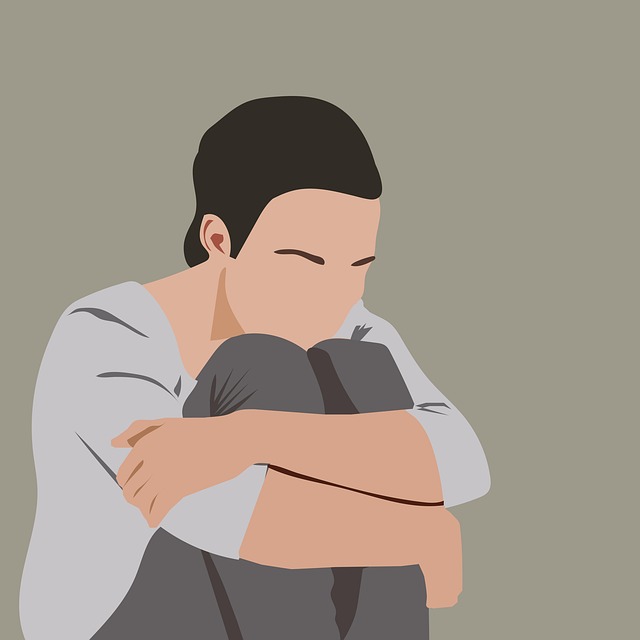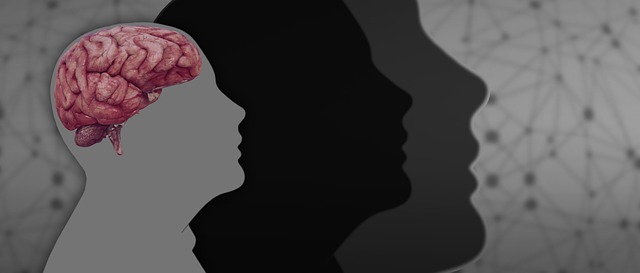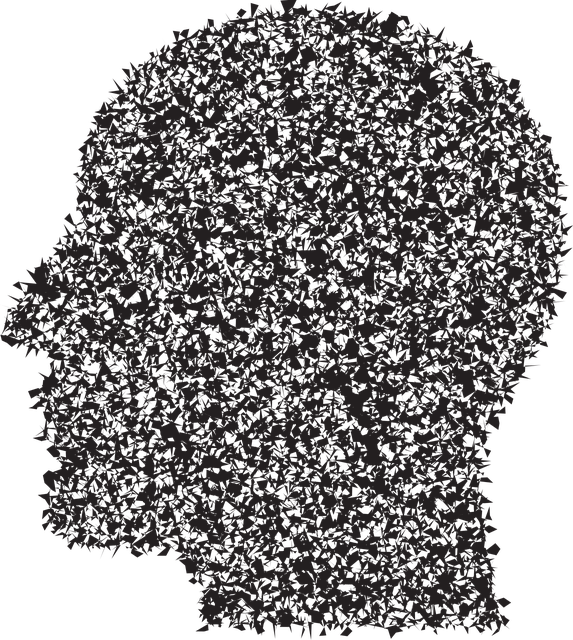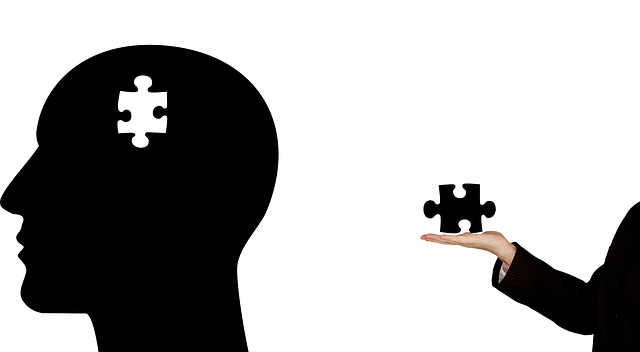Chronic pain in adolescent teens, often from sports injuries or neurological conditions, can lead to mental health issues and substance abuse if left unaddressed. Effective treatment involves a holistic approach combining therapy, such as CBT and Compassion Cultivation Practices, with Mental Health Education Programs focusing on cognitive reframing, relaxation techniques, and self-care practices. Medication-Assisted Treatment (MAT) is a safe option for those struggling with both chronic pain and substance abuse, alongside enhanced communication between patients and healthcare providers. Supportive environments at home and in schools, integrating emotional intelligence into curricula, are crucial in preventing substance abuse among teens dealing with chronic pain, emphasizing the necessity of therapy.
Substance abuse among adolescent teens is a growing concern, often fueled by underlying chronic pain conditions. This complex issue demands comprehensive strategies for effective risk reduction.
This article explores various therapeutic approaches tailored specifically for teen resilience and recovery. From understanding the impact of chronic pain on young minds to implementing evidence-based behavioral therapies, we delve into crucial steps towards a healthier future. Key strategies include therapy types, medication-assisted treatment, and creating supportive environments at home and school.
- Understanding Chronic Pain and Its Impact on Adolescent Teens
- The Role of Therapy in Treating Substance Abuse Among Teens
- Behavioral Therapies for Effective Risk Reduction
- Medication-Assisted Treatment: A Safe Approach to Recovery
- Building a Supportive Environment at Home and School
Understanding Chronic Pain and Its Impact on Adolescent Teens

Chronic pain among adolescent teens is a growing concern, often stemming from various factors such as sports injuries, neurological conditions, or developmental issues. Unlike acute pain, which serves as a warning signal, chronic pain persists for months or even years, significantly impacting a teen’s quality of life. This condition can lead to increased stress, anxiety, and depression, affecting their mental health and overall well-being.
Understanding the root causes of chronic pain is crucial for developing effective therapy for adolescent teens. Mental Health Education Programs designed with Mind Over Matter Principles can empower teens to manage their pain through cognitive reframing, relaxation techniques, and promoting positive self-care practices. By incorporating these strategies into their daily lives, teens can gain a sense of control, improve their resilience, and foster better mental health outcomes.
The Role of Therapy in Treating Substance Abuse Among Teens

Therapy plays a pivotal role in addressing substance abuse among teens, offering specialized treatment for this pressing issue. For adolescent teens grappling with chronic pain, therapy serves as a powerful tool to navigate their challenges and find healthier coping mechanisms. Through various therapeutic approaches, such as cognitive-behavioral therapy (CBT), adolescents can develop effective coping skills to manage pain and associated distress without resorting to substance abuse.
Incorporating trauma support services within the therapeutic framework is crucial, as many teens turn to substances as a means of self-medication to cope with underlying emotional trauma or difficult life experiences. Skilled therapists help teenagers process these traumas, improving their mood management abilities and fostering resilience. By addressing the root causes of substance abuse, therapy enables teens to develop healthier habits, build strong support systems, and reclaim control over their lives.
Behavioral Therapies for Effective Risk Reduction

Behavioral therapies play a pivotal role in effective risk reduction strategies for substance abuse, especially among adolescent teens suffering from chronic pain. These therapies focus on empowering individuals to develop healthier coping mechanisms and improve their mental wellness. One such evidence-based approach is Compassion Cultivation Practices (CCP), which teaches individuals to cultivate self-compassion and reduce self-criticism. By fostering a non-judgmental mindset, CCP helps teens navigate challenging emotions associated with pain and addiction.
Additionally, Coping Skills Development is integral to these therapy sessions. Through structured techniques, adolescents learn to manage stress, anxiety, and pain without resorting to substance abuse. The goal is to equip them with practical tools that promote mental wellness and foster resilience in the face of adversity. This holistic approach, often combined with regular sessions and support groups, offers a comprehensive strategy to address the underlying causes of substance abuse and reduce long-term risks.
Medication-Assisted Treatment: A Safe Approach to Recovery

Medication-Assisted Treatment (MAT) offers a safe and evidence-based approach to substance abuse recovery, especially for adolescent teens struggling with chronic pain. This method combines behavioral therapies with medications that help manage cravings and withdrawal symptoms, providing a more stable path to long-term sobriety. For instance, medications like methadone and buprenorphine are commonly used to treat opioid use disorders, while naltrexone can be effective for alcohol addiction.
Incorporating MAT into treatment plans not only reduces the risk of relapse but also supports overall mental health, including self-care routine development and self-esteem improvement. By addressing the physiological components of addiction alongside psychological aspects, communication strategies between patients and healthcare providers become more effective, fostering a collaborative environment that enhances recovery outcomes for young individuals navigating chronic pain and substance abuse.
Building a Supportive Environment at Home and School

Creating a supportive environment is a powerful tool in mitigating risks associated with substance abuse, especially for adolescent teens struggling with chronic pain. At home, parents and caregivers can play a pivotal role by fostering an atmosphere of understanding and open communication. This involves actively listening to a teen’s experiences, validating their feelings, and offering non-judgmental support. Incorporating conflict resolution techniques within the family can also help address underlying issues that might contribute to substance abuse. For instance, teaching teens effective communication strategies allows them to express their needs and emotions healthily.
In a educational setting, schools have a crucial role in promoting emotional intelligence and confidence boosting activities. Teachers and counselors can create safe spaces for students to discuss challenges and provide resources for therapy or counseling if needed. By integrating emotional intelligence into the curriculum, teens learn to recognize and manage their emotions, reducing the likelihood of turning to substances as a coping mechanism. This holistic approach, combining supportive environments at home and school, equips adolescent teens with essential skills to navigate life’s challenges without resorting to substance abuse.
In addressing substance abuse among adolescent teens, a multi-faceted approach is essential. By understanding the intricate link between chronic pain and its impact on this vulnerable population, and implementing evidence-based strategies like behavioral therapies and medication-assisted treatment, we can significantly reduce risks. Fostering supportive environments both at home and in schools is crucial for effective recovery. Combining these comprehensive risk reduction strategies with ongoing therapy tailored to adolescent teens’ unique needs holds the key to breaking the cycle of substance abuse and promoting healthier, more resilient futures.


